Access Agilent eNewsletter Article
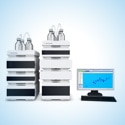
Greatest separation power using comprehensive or heart-cutting 2D-LC in a simplified workflow
Jens Trafkowski, Agilent Product Manager, Liquid Phase Separations Business
The biggest chromatographic challenge for analysts is the complete separation of complex samples that are characterized by high matrix load and very large numbers of potential analytes. Biological samples are good examples. Two-dimensional liquid chromatography (2D-LC) allows you to enormously enlarge chromatographic separation power, but has always been a challenging technique. The Agilent 1290 Infinity 2D-LC Solution, with its user-friendly 2D-LC acquisition software, allows more labs to take advantage of this analytical method.
Several hardware and software hurdles have prevented even advanced laboratories from implementing this powerful technique:
- Complex hardware setup
- Expensive instrumentation and high investment costs
- Complex method programming
- Reliability and synchronization issues for the valve setup
The Agilent 1290 Infinity 2D-LC Solution is the first system that overcomes these challenges. In addition to the well-established technique of heart-cutting 2D-LC, it also enables the most challenging comprehensive 2D-LC separation. The Agilent 1290 Infinity 2D-LC Solution is the ideal system to analyze any kind of complex sample with the greatest ease of system and method setup.
10-fold greater peak capacity than conventional (U)HPLC
The most important metric to characterize the performance of a chromatographic separation is the peak capacity. It describes the number of peaks that you can separate in a defined amount of time; higher values characterize better chromatographic separations.
By appending an additional orthogonal separation mechanism, 2D-LC systems can enlarge the peak capacity to a value that cannot be reached by one-dimensional chromatography in a reasonable time. Especially for complex mixtures, 2D-LC can generate roughly ten-fold larger peak capacities in a reasonable analysis time [1].
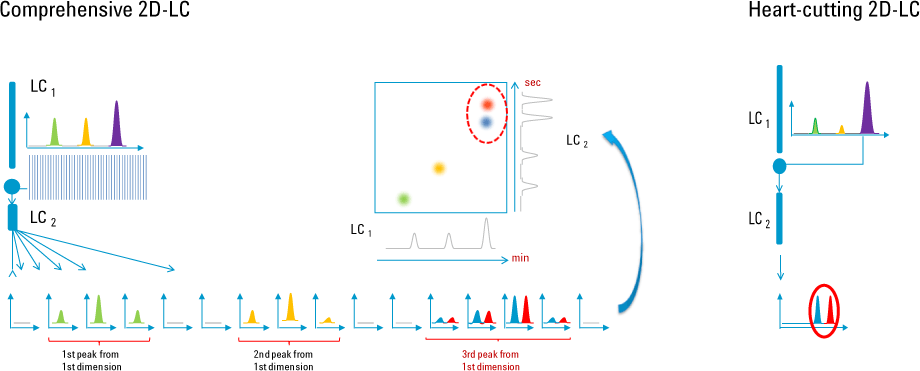
Figure 1. Comparison of comprehensive versus heart-cutting 2D-LC. Both techniques increase peak capacity.
Flexibility with both comprehensive and heart-cutting 2D-LC
In comprehensive 2D-LC, the complete effluent from the first column is injected onto the second column and analyzed with very fast gradients. The system samples the first dimension peak at least three to four times (Figure 1). Run times for the second dimension method match the collection times of the first dimension effluent. Finally, the software reconstructs the peaks. For quantitative determination, the software calculates peak volumes of the 3D-chromatogram.
In heart-cutting 2D-LC, only parts of the first dimension effluent are injected onto the second dimension column. Typically, a peak from the first dimension is sampled as a whole and then analyzed by a gradient with a longer run time than the collection time. Therefore, you usually use longer columns with greater separation efficiency for the second dimension.
A critical point is a peak that elutes from the first dimension column while the second dimension gradient is still running; this peak is lost for the second dimension separation.
Simplified hardware and software setup
2D-LC has been a challenging technique because of its complex setup with several possible variations. The most important variation and complexity factors are:
- Pump setup
- Valve connection
- Gradient programming in the software
- Data processing
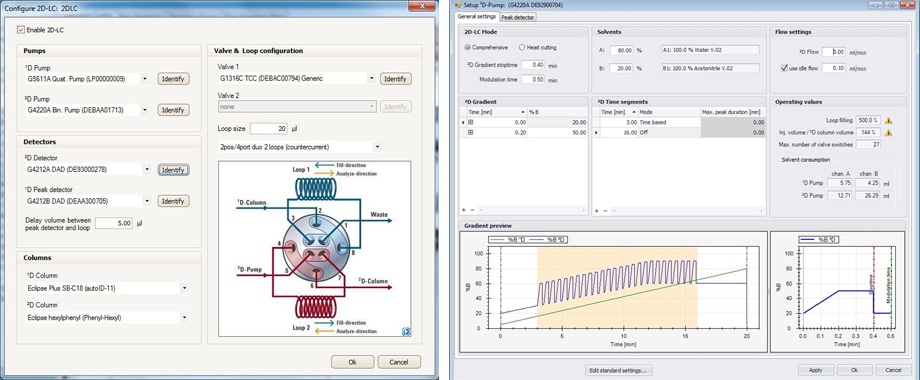
Figure 2. Graphical user interface provides easy hardware and method setup.
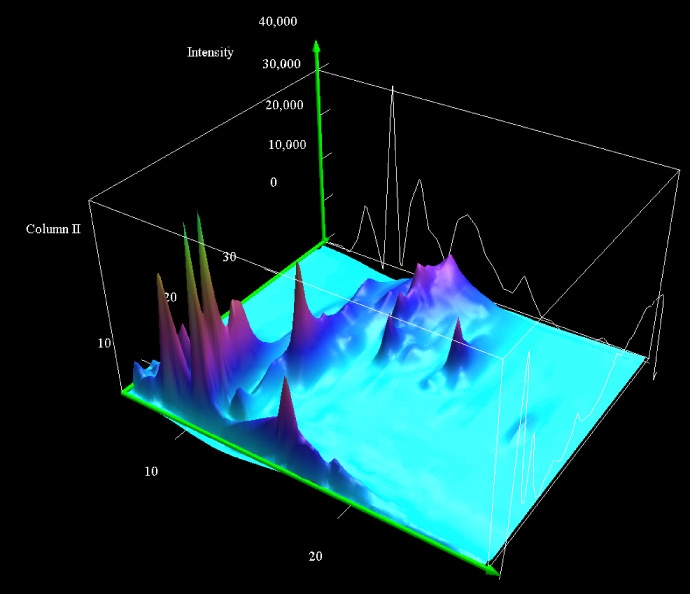
Figure 3. 3D-chromatogram of a red wine sample (Merlot) illustrates separation of a difficult complex mixture.
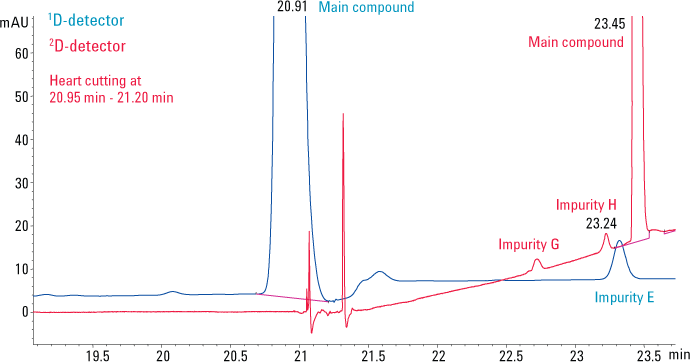
Figure 4. Impurity detection: main chromatogram (blue) with overlaid heart cut chromatogram (red). Heart cutting enabled resolution and detection of additional peaks.
The Agilent 1290 Infinity 2D-LC Solution allows you to use almost any Agilent LC pump and autosampler in the first dimension, which enables you to upgrade an existing LC system to a 2D-LC system. The new 2/4-Duo Valve is specially designed for comprehensive 2D-LC, with two exactly equal flow pathways and therefore fewer interferences when you switch between them.
The add-on software facilitates hardware and method setup with a graphical interface that allows even inexperienced users to set up and change complex 2D-methods within seconds, as shown in Figure 2.
Applications demonstrate power of comprehensive and heart-cutting 2D-LC
The typical candidates for comprehensive 2D-LC are complex samples with large numbers of analytes that cannot be separated sufficiently with 1D chromatography. For the qualitative and quantitative determination of phenolic antioxidants in various beverages, the method was applied as described in Application Note 5991-0426EN. The complex mixtures of several beverages (Figure 3) were well separated with a 2D-LC method—a very difficult challenge.
Relative standard deviation (RSD) values of the second dimension retention times were typically better than 0.5% and RSD values for the software-calculated peak volumes were typically better than 3%. The combination of qualitative and quantitative analysis enabled the determination of profiles for these complex mixtures—a very powerful tool for identity control.
The identification of minor compounds in mixtures can be difficult if they are not well separated from the main compound. You can solve this analytical problem with heart-cutting 2D-LC, as shown with the method used in Application Note 5991-0834EN. Two additional low-concentration impurities were easily determined after application of the second-dimension separation (Figure 4).
These examples show the advantages of 2D-LC with comprehensive and heart-cutting modes. With the Agilent 1290 Infinity 2D-LC Solution, 2D-LC becomes easy to use and applicable for any analytical chemist. For more information, watch the video about Agilent’s 2D-LC solution.
Reference
- Dwight R. Stoll, Xiaoping Li, Xiaoli Wang, Peter W. Carr, Sarah E.G. Porter, and Sarah C. Rutan, ”Fast, comprehensive two-dimensional liquid chromatography,” Journal of Chromatography A, 1168 (2007) 3–43.
Figure 1

Comparison of comprehensive versus heart-cutting 2D-LC. Both techniques increase peak capacity.
Figure 2

Graphical user interface provides easy hardware and method setup.
Figure 3

3D-chromatogram of a red wine sample (Merlot) illustrates separation of a difficult complex mixture.
Figure 4

Impurity detection: main chromatogram (blue) with overlaid heart cut chromatogram (red). Heart cutting enabled resolution and detection of additional peaks.